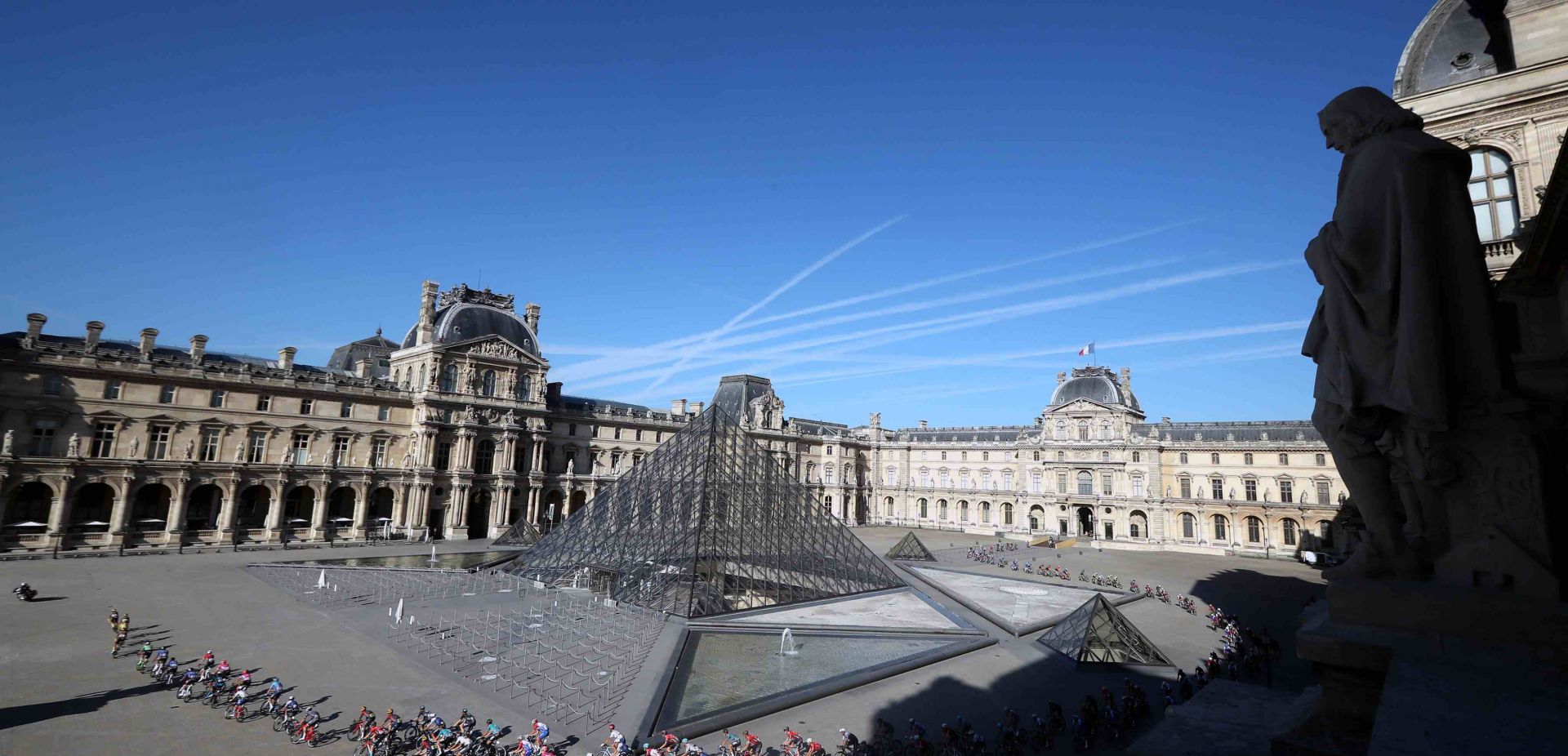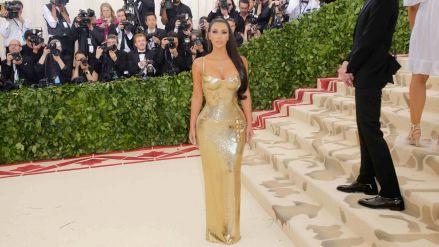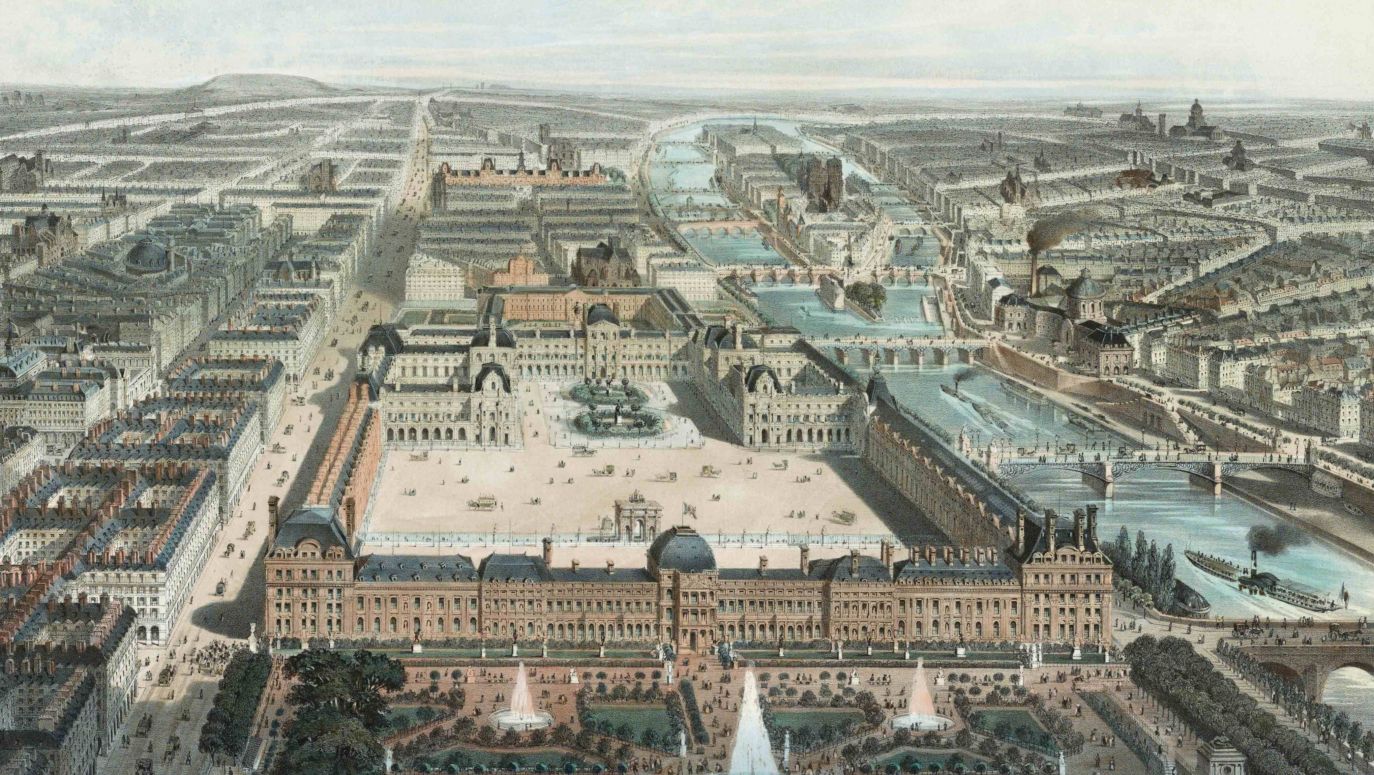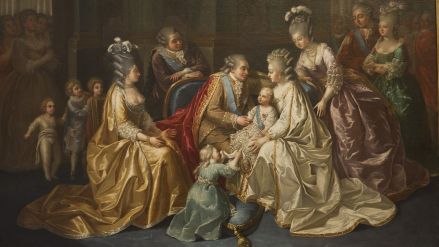In the 19th century, Europe was de-Christianizing, but people wanted to believe in something (e.g. science). The "religion of art" could be practised by a handful of pretties and snobs, while the emotions of the general public focused on the works of artists who were already called "divine" during their lifetime. The cult of the Renaissance practised at universities, took over salons and then public opinion. And who was the greatest genius of the Renaissance? Naturally, da Vinci. Mona Lisa's popularity was intensified by her disappearance in 1911. The thief turned out to be some old mope, and after two years, the painting returned to Paris, becoming an object of hysterical adoration that had no end.
Egyptologist with a saw and a pickaxe
Before Gioconda's rule of hearts, the Louvre's fame was earned by its Ancient Art department. Crowds of people crawled along to get to the museum and see with their own eyes the fruit of the spectacular discoveries of French amateur archaeologists.
It started with the Venus de Milo. The sculpture, mistaken for the work of the legendary Praxiteles, was exhibited in a separate room. The delights did not stop when it turned out that the German archaeologist was right, claiming that the statue comes from the Hellenistic period. Only Stefan Żeromski through the resolute Miss Wanda, an episodic heroine of "Homeless People", told the truth about Venus. "Her back is completely shattered as if someone had battered her up with the steward's whip for four days in a row".
The Winged Victory, the Nike of Samothrace, repeated her success, although she was even more tormented than the goddess of love. It had to be glued together from fragments found on a Greek island.
"In the windy waves of your slender robes, I hear the music/Flight that no birds can transcend", commented Leopold Staff.
The acquisition of ancient relics was accompanied by fierce rivalry of the British. While Napoleon raided Egypt, a fleet of islanders intercepted treasures he sent to Paris. This way, the Rosetta Stone, which was used to solve the mystery of the Egyptian hieroglyphs, instead of the Louvre, went to the British Museum.
The French then realised they would achieve more by deception than force. Friendly relations with Cairo made life easier for Egyptologists, and it was also easier to obtain permission to export antiquities abroad. In 1828, an employee of the Louvre, the famous Champollion, personally supervised the cutting of a monumental rock-cut relief from the tomb of Pharaoh Seti I. Fifteen years later, a French diplomat residing in Mosul came across the trail of another lost civilisation. Reliefs depicting winged bulls with human heads, discovered in the ruins of the Assyrian ruler's Palace, caused an absolute sensation when they were unloaded from barges on the embankment of the Seine. At the same time, the Louvre came into possession of tablets covered with cuneiform writing, the oldest in the history of humankind.
In addition to priceless artefacts, the Paris Museum has gained prestige. Collectors were more and more willing to give away their treasures. Mishaps also happened: the biggest was the London auction of the King Louis-Philippe collection, which was deposed in 1848. Then the Louvre was called the People's Palace. It turned out that Napoleon III wanted to outbid his famous namesake. He ordered additional wings of the building and galleries to be built. The facades were decorated in the era's spirit with allegorical sculptures such as "France as the protector of science and education". Pompous paintings dedicated to famous artists and their patrons had already appeared in the galleries. The "New Louvre" was a ponderous, eclectic structure that also housed a printing office, a library, a post office, and two ministry departments.
The shadow of treason over the Seine
During the hot days of the Paris Commune, this amity with the authorities almost ruined the museum. The Tuileries Palace burned down, and its older brother - the Louvre, fortunately suffered only minor damage.
The world kept watching, full of jealousy. Following the Parisian model, the Rijksmuseum in Amsterdam, the Prado in Madrid and the Brera Art Gallery in Milan developed its facilities.
The gem of the collection were paintings and sculptures that did not return to their former owners after the fall of Napoleon.
The Louvre inevitably became a conservative institution when the works created in the second half of the 19th century were ordered to be moved to the former d'Orsay station. You can only imagine the visitors' astonishment when in 1953 "The Birds" by Georges Braque appeared on the ceiling of the Etruscan antiquities hall.
The Cubist repeated this success eight years later: he was the first living artist to have the honour of exhibiting his works in the Louvre. Then the curtain fell, and it was only in 2007 that the German painter Anselm Kiefer was asked to decorate one of the staircases. The result was a macabre work called "Athanor".
Attempts to modernise the museum of ancient art are ongoing. American painter Cy Twombly created a new ceiling in the Hall of Bronzes, French artist François Morellet contributed an abstract stained glass window, and Elias Crespin from Venezuela donated an installation: "The work entitled L'Onde du Midi (The Southern Wave) consists of 128 cylindrical tubes alienated in parallel and suspended in the air by transparent threads", (ELIAS CRESPIN. L'ONDE DU MIDI @ MUSÉE DU LOUVRE, PARIS). It's time for a Polish artist to join them because so far, the only Polish touch in the permanent exhibition of the Louvre is a portrait of the arch-traitor Count Stanisław Szczęsny Potocki (with his sons).
– Wiesław Chełminiak
TVP WEEKLY. Editorial team and jornalists
– Translated by Katarzyna Chocian

 SIGN UP TO OUR PAGE
SIGN UP TO OUR PAGE
 Today, the emperor must be rolling over with joy in his grave. His plan, although delayed, was finally implemented. The Louvre is a global champion. Its permanent exhibition includes 36,000 exhibits and almost 616,000 stored in its warehouses. The number of visitors, which exceeded 10 million in 2018, is returning to regular after the COVID-related disruptions. The security of the masterpieces is guarded by 900 cameras and over two thousand employees. In addition to exhibition halls, there is an extensive library, archive, and a science and research centre.
Today, the emperor must be rolling over with joy in his grave. His plan, although delayed, was finally implemented. The Louvre is a global champion. Its permanent exhibition includes 36,000 exhibits and almost 616,000 stored in its warehouses. The number of visitors, which exceeded 10 million in 2018, is returning to regular after the COVID-related disruptions. The security of the masterpieces is guarded by 900 cameras and over two thousand employees. In addition to exhibition halls, there is an extensive library, archive, and a science and research centre.







